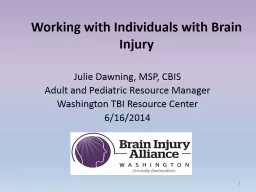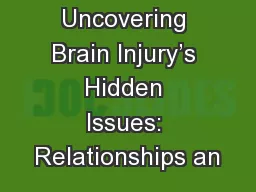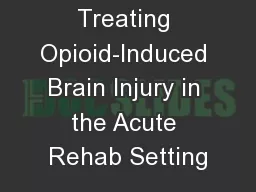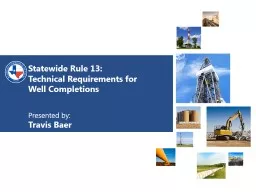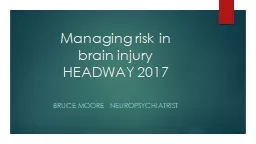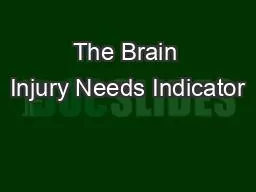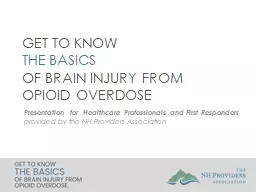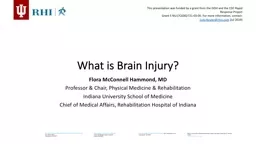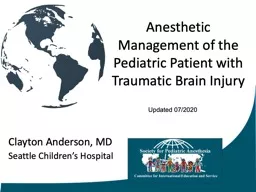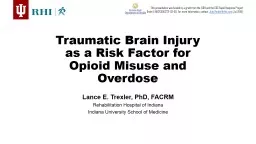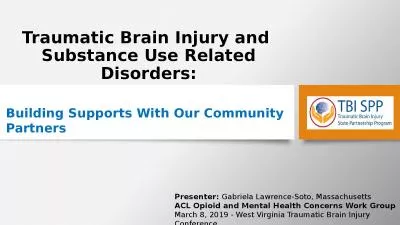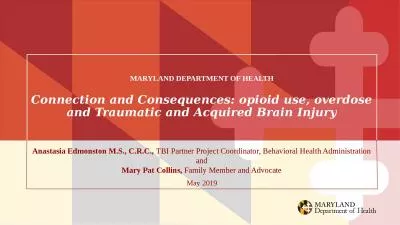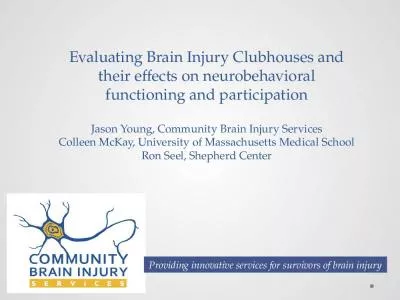PPT-2015 Statewide Brain Injury Needs and Resources Assessment
Author : stefany-barnette | Published Date : 2018-01-15
Francie Streich Wilder Research Manfred Tatzmann DHS TBI Advisory Committee Purpose of the study Study components Overview of results Information about full report
Presentation Embed Code
Download Presentation
Download Presentation The PPT/PDF document "2015 Statewide Brain Injury Needs and Re..." is the property of its rightful owner. Permission is granted to download and print the materials on this website for personal, non-commercial use only, and to display it on your personal computer provided you do not modify the materials and that you retain all copyright notices contained in the materials. By downloading content from our website, you accept the terms of this agreement.
2015 Statewide Brain Injury Needs and Resources Assessment: Transcript
Download Rules Of Document
"2015 Statewide Brain Injury Needs and Resources Assessment"The content belongs to its owner. You may download and print it for personal use, without modification, and keep all copyright notices. By downloading, you agree to these terms.
Related Documents


